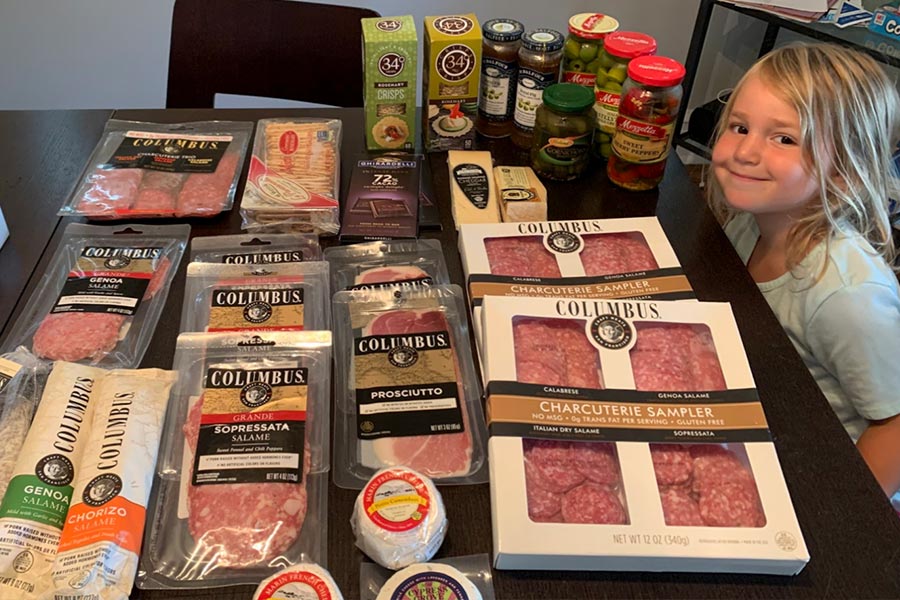So you and your media team have decided that an ABM approach makes the most sense for your client’s next campaign. This highly targeted approach can be highly effective for driving leads and conversions, but there are a few things to keep in mind before you get started.
When preparing creative for Account-based Marketing (ABM) campaign, it’s important to keep in mind that you’re flipping the funnel on your targeting. Instead of the traditional model where you’d cast a wide net then drill down to individuals for conversion, ABM starts with the individual. Naturally, this has a large impact on the creative assets.

What makes account-based marketing so effective is that you’re able to target your priority accounts specifically (and not others).
So, where do you start with content?
The first thing you’ll want to do is audit your content and determine the right audience for each piece. Blueprint to ABM Campaigns from Terminus recommends you organize your audience into three stages: Prospect, Opportunity, and Customer. With ABM campaigns, it’s critical that you’re serving up the right content to your audience. Let’s walk through those stages.
Stage 1: Demand Generation
Some examples of relevant content for this stage are:
- Blog Posts
- E-books & white papers
Within the demand generation stage content should work to develop familiarity and authority for the brand, so it’s important to leave your content ungated by not requiring the user to submit any information to access. You want your brand to establish thought leadership, awareness, and equity before requiring anything of your target.
Although this content is ungated, you’ll want to make sure you have a simple and accessible contact form to allow your target to self identify that they’re ready for making a connection with your brand.
Stage 2: Opportunity
For this stage, you’ll want to offer content like:
- Webinars
- Video testimonials of proven success
- Customer case studies focused on solving specific industry pain points
At this stage, it’s best to evaluate the level of value your content offers before gating it. For example, your customer video testimonials should be ungated but your webinars are more suited for a gate.
Pro tip: If you do facilitate webinars, tap into the questions that were asked to create future content. You’ll already know there’s a need and value for that work. Bonus points for distributing to those who asked the question directly.
Stage 3: Customer
Finally, in order to help close the deal, you should leverage content like:
- Video testimonials
- Customer case studies
- Competitive analysis
- “How-to” resources
- Proof of ROI tools:
- ROI calculator
- Aggregate customer data
- Industry data
- Case studies
Staying the content course and when to go off road
Throughout all these channel touchpoints, ensure your marketing and sales messaging remains consistent. Inconsistent brand experiences not only lead to a confusing brand identity but worse—frustrated potential customers.
Once you have a content map, you need to create ads that drive to your content. These ads should be very targeted. Not just to the three stages in the funnel, but to the different segments of audiences you want to reach (e.g., by role within company, by industry or vertical, or company size).
Example:
Below is our executed strategy for FLEx Lighting who created a revolutionary lighting system. Many of the targets (product designers, engineers, C-suite) were not even aware that a front light technology existed, and even when introduced to the concept, they needed quite a bit of explanation to get them to fully understand the incredible benefits FLEx could deliver.
Here are examples of the ads that were targeted to very specific audience segments:
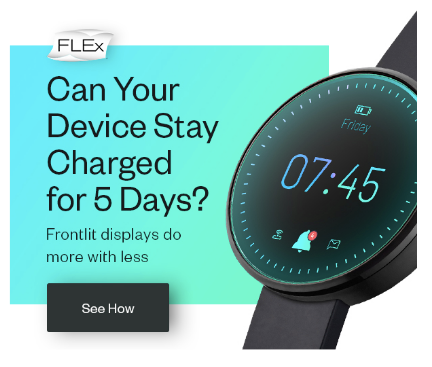
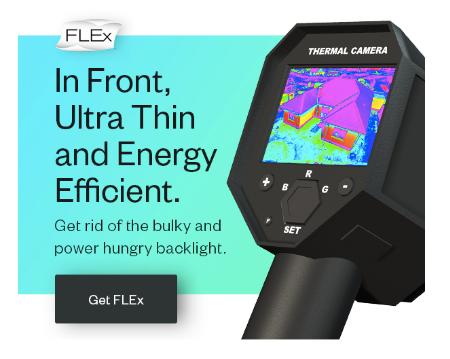

The display ads drove to a microsite that offered in-depth information, including a whiteboard explainer video, a comparison to the more-familiar backlit technology, and a case study.

Additionally, white papers were offered through key publishers.
To engage our opportunity prospects, we leveraged both white papers and a webinar.
We reinforced the front light concept through the campaign’s remarketing banner efforts:
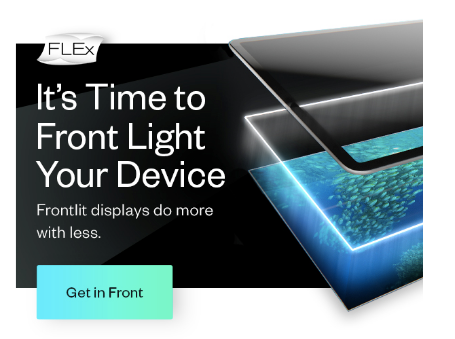
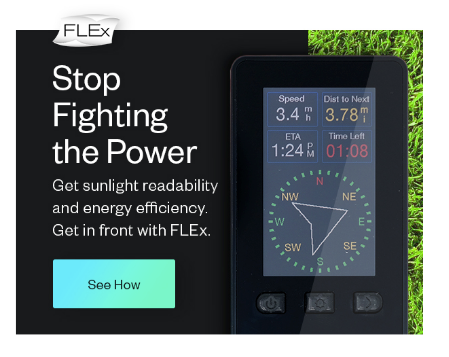
In addition to the banner ads, we leveraged rich media units that allowed us to run an explanatory video of the brand’s technology, as well as layer in drivers to additional content.
Through this campaign’s efforts, we drove over 500 qualified leads for FLEx, keeping their sales pipeline extremely healthy. FLEx flipped the funnel, and now we’re helping them prepare to cast their net a little wider. By being thoughtful about how to provide useful content at the right time, you can help your clients make a strong impression with their audience in your next ABM campaign.






